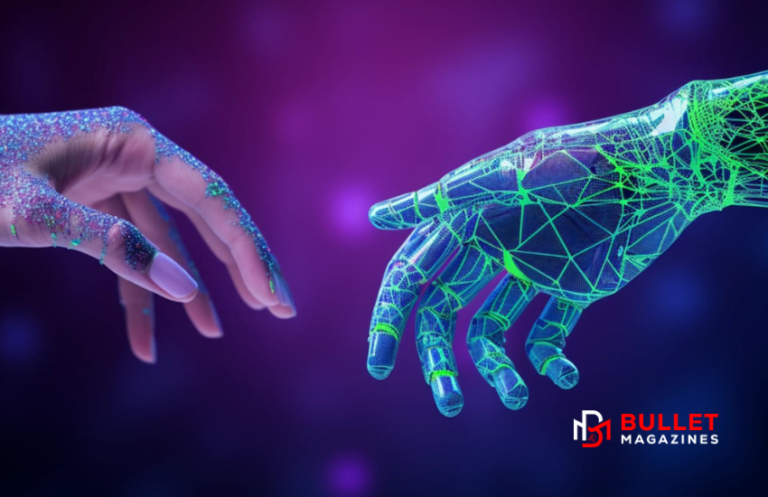As the demand for high-quality, visually engaging technical documents continues to grow, the need for efficient and automated layout solutions has become increasingly pressing. Whether you’re an academic researcher, an engineering professional, or a technical writer, the time-consuming process of manually designing and formatting your documents can be a significant hurdle to productivity. Fortunately, the rise of artificial intelligence (AI) has opened up new possibilities for streamlining the layout and design of technical documents.

AI-Powered Picture Generation: Enhancing Visual Aids
One of the most promising applications of AI in technical document layout is the ability to generate relevant and visually appealing visual aids, such as graphs, charts, and diagrams. Traditional methods of creating these visual elements often require specialized software and a deep understanding of design principles, which can be a barrier for many technical professionals.
AI-powered picture generation tools, on the other hand, can analyze the data and content within your document and automatically generate appropriate visual aids. These tools leverage machine learning algorithms to understand the context and meaning of your information, and then create visually compelling graphics that effectively communicate your findings or concepts.
AI-Assisted PDF Formatting: Enhancing Readability and Accessibility
In addition to visual aids, AI can also play a crucial role in optimizing the overall layout and formatting of technical documents, especially when it comes to PDF files. AI-assisted PDF formatting tools can analyze the structure and content of your document, and then automatically apply optimal formatting, typography, and layout to enhance readability and accessibility.
For example, these AI-powered tools can detect headings, subheadings, and other structural elements within your document, and then apply appropriate formatting such as font sizes, styles, and spacing. This not only makes the document more visually appealing but also improves its overall navigability and accessibility, particularly for users with disabilities or those who prefer to consume content in a specific format.
Personalized Layout Optimization: Adapting to User Preferences
Beyond the basic formatting and layout enhancements, AI-powered tools can also leverage user behavior and preference data to suggest personalized layout options for your technical documents. Imagine a scenario where your PDF research paper automatically adjusts its layout based on the device or screen size of the reader, or where your engineering report dynamically adapts to the specific needs and preferences of your target audience.
By analyzing user data and preferences, AI-powered layout tools can identify the most effective ways to present your technical information, ensuring that your documents are not only visually appealing but also highly engaging and accessible to your intended audience.
Collaborative Document Design: AI as a Creative Partner
As AI continues to advance, the role of these technologies in technical document layout is poised to become even more integrated and collaborative. Imagine a scenario where an AI assistant can work alongside you, the technical expert, to ideate, design, and refine the layout of your documents.
Such AI-powered collaborative tools could analyze your content, suggest layout options, and even provide design recommendations based on industry best practices and user feedback. This collaborative approach can not only streamline the layout process but also unlock new levels of creativity and innovation in the way you present your technical information.
The Future of Technical Document Layout: AI-Driven Innovation
As the capabilities of AI continue to expand, the potential for transforming the way we approach technical document layout is truly exciting. We may soon see AI-powered tools that can generate entire documents from scratch, based on the user’s input and desired outcomes. Imagine a world where you simply provide an AI assistant with the technical details and requirements, and it generates a visually stunning and highly optimized document, complete with relevant visual aids and a layout that is tailored to your target audience.
Moreover, the integration of AI with emerging technologies, such as augmented reality and virtual reality, could lead to the creation of truly immersive and interactive technical document experiences. Imagine being able to explore a 3D engineering schematic or navigate a virtual research lab, all powered by the seamless integration of AI-driven layout and design.
Conclusion
In the fast-paced world of technical communication, the adoption of AI-powered tools for document layout and design has the potential to revolutionize the way we present our work. By automating the creation of visual aids, optimizing document formatting, and personalized layout optimization, these AI-driven solutions can save time, enhance readability, and ultimately improve the overall impact of your technical documents. As we continue to embrace this AI-powered future, the way we approach technical communication will be forever transformed, ushering in a new era of effortless, visually captivating, and highly engaging technical documentation.


